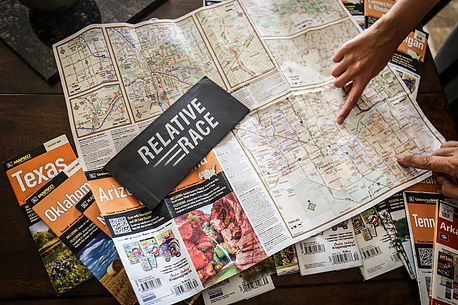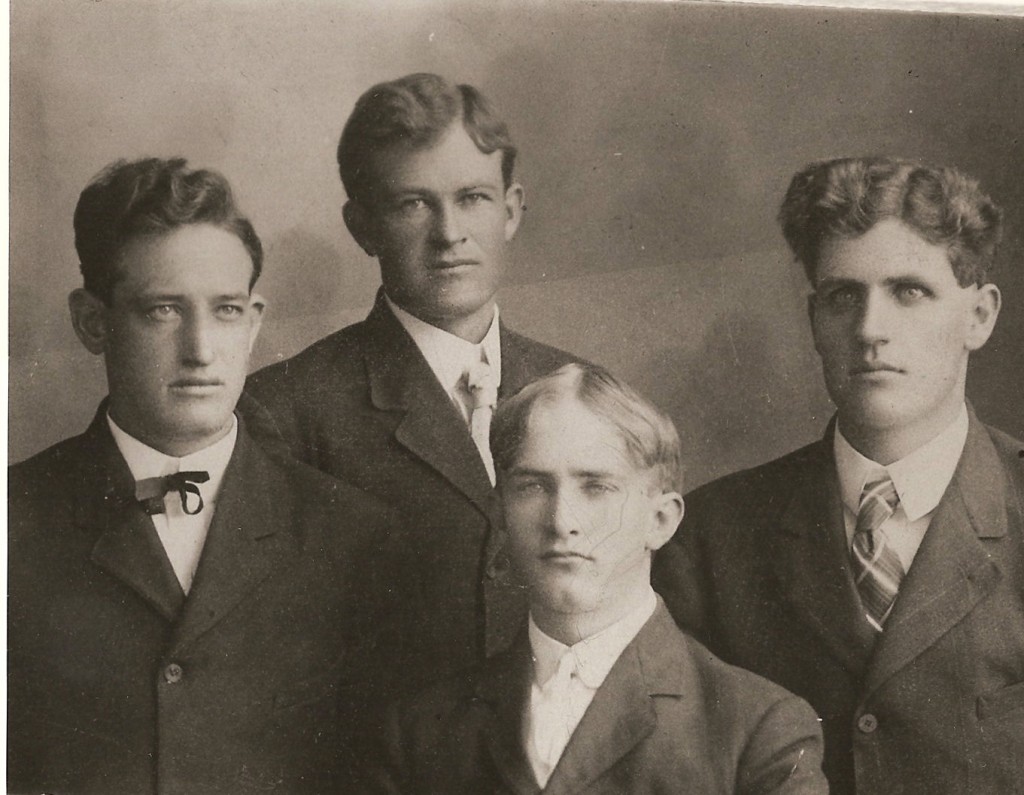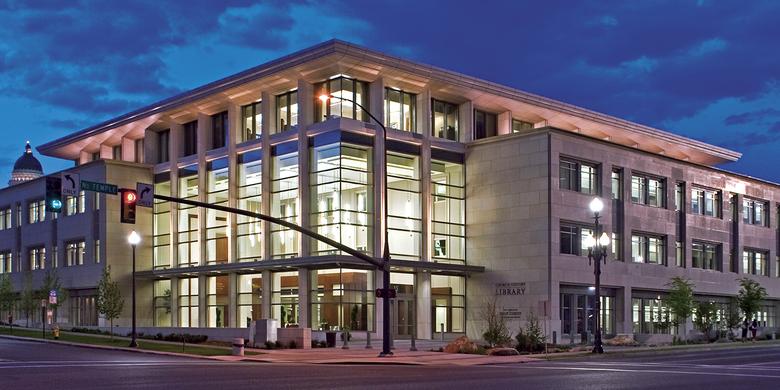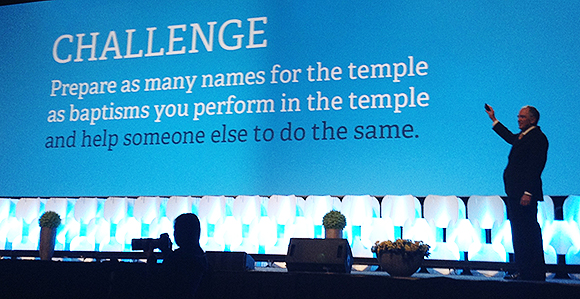Who are the storytellers?
Today was another inspiring day at Rootstech. The best featured keynote of today’s conference agenda was Daniel Isay of StoryCorps.
You might recall a posting we made on our Facebook page about them around Thanksgiving. At that time they were driving an initiative to get kids to record talking to their grandparents about their memories.
That was just part of an overall ongoing project by StoryCorps. For more than a decade they have recorded the stories of people from all over – just two people talking, in most cases, about their lives and experiences. They take these usually brief conversations and stories and send them to the National Archives, where they have stored 65,000 stories like this one:
It is pretty clear to see how such recorded memories are such a powerful family history tool. It is inspiring a lot of ideas within me.
But as I attended today’s events with the present on my mind as much as the past I had to wonder – who are the natural storytellers of our family?
Well, obviously, we’re all storytellers in our own right.
We each have memories of times, places and people we eagerly recount. The closer to any such situations or people that we are the easier it is for us to tell the story.
But some just seem to have a knack.
One of the best storytellers I know is my father-in-law, Gary Gillen. He’s a legend with my kids for being able to tell the funniest stories. Of course, what makes the stories so much fun is the fact he can’t get through them without laughing like crazy himself.
Another who comes to mind is Gerald Quilter. My experiences with him were quite limited compared to others but he could tell great stories. He had the twinkle in his eye that always kept you on the edge of your seat. Long before I met my wife he told me the story of his rock garden, a story I thought for a long time was exclusive for just me but that I later learned was legendary among many in the family.
These thoughts and memories were all over me today as I explored the topic of our present Westover Family History. While our first year last year produced a lot of our family past we didn’t do a good job recording our family present. We lost a few last year but also saw a good share of new babies, graduations, weddings, missions and travels – all that should be noted in family history for generations to come.
I thought today how we can address this. It’s a big job. Some of the classes I took today talked about that and especially how to reach out to the Millennials in our family who can help preserve our present happenings. More on this down the road.
One of the great diversions of the day came from previewing the first episode of a new reality game show produced by KBYU called Relative Race. What a kick in the head.
The premise is this: four couples compete in a race across the country by first taking Ancestry DNA tests that are used to identify relatives unknown to them across the USA. Each day they are given a destination and a challenge that will lead them to the doorstep of these unknown relatives – where they will then spend the night. They are racing from San Francisco to New York and the prize is $25,000.
The show is a hoot, if just for the married people dynamics alone. But when you toss in the mysterious element of family connections a lot of magic happens. KBYU is putting out some creative stuff and this one is a lot of fun and should do well. It debuts on Sunday evenings starting February 28th.
I spent plenty of time today again learning about Church history resources for family history research. The Joseph Smith Papers are included via a Family Search integration now, a tantalizing prospect for the future as they are now starting to work on the Brigham Young Papers project. I find that a tantalizing prospect for years to come as these resources come out that could help tell even deeper stories from our family members whose lives were so connected to early Church history.
In all, today was a day that left me bursting with ideas. It also left me painfully aware that I need help – and a lot of it.
